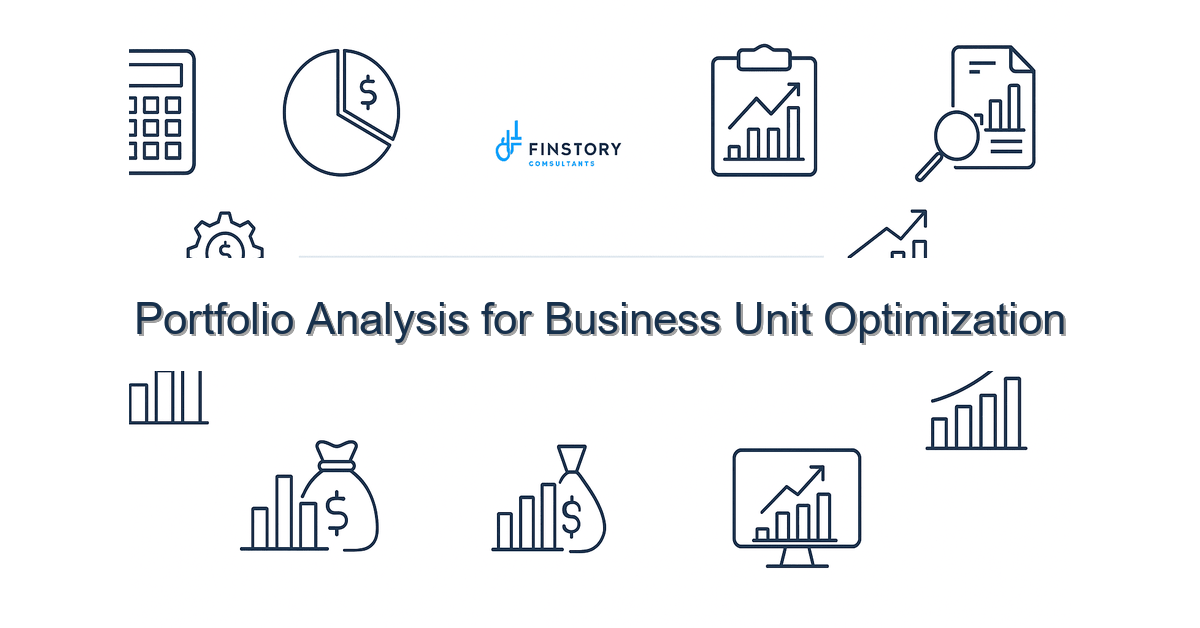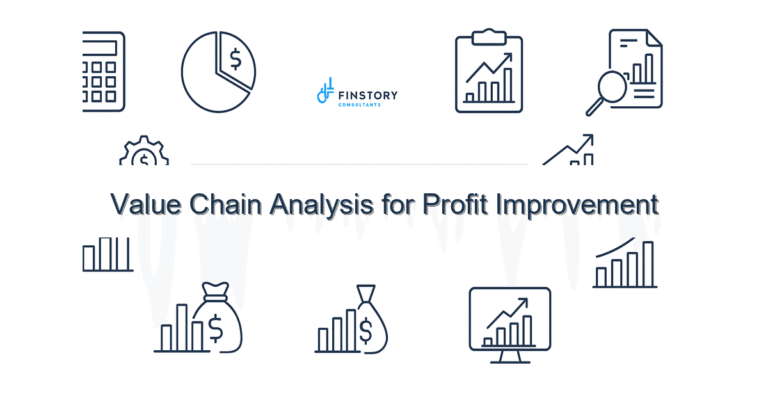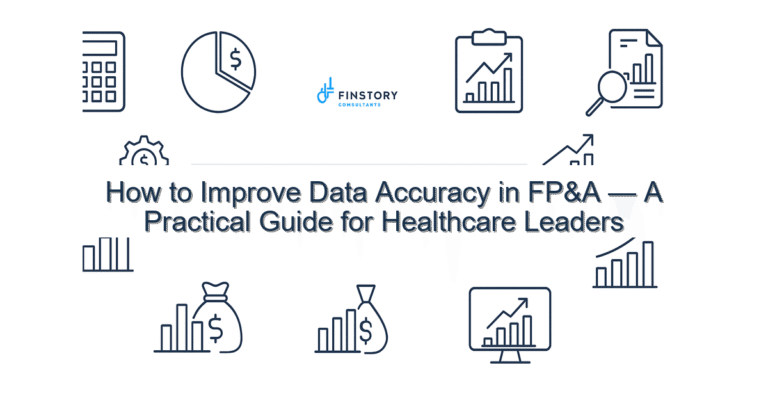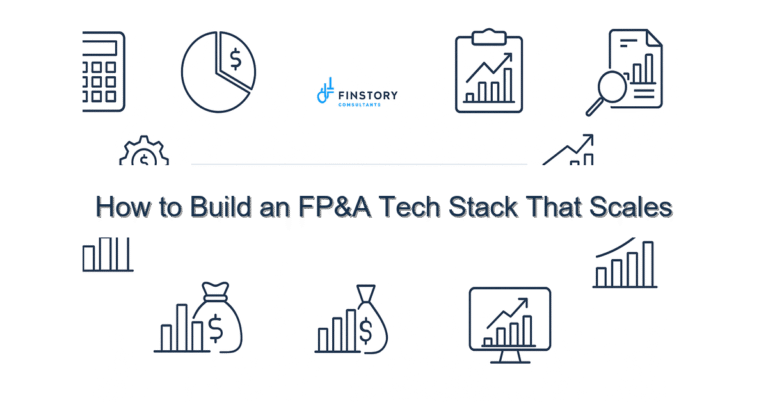Portfolio Analysis for Business Unit Optimization
You’re juggling finances, operations, and a board that wants clarity—fast. Portfolio analysis for business unit optimization shouldn’t be another spreadsheet nightmare; it should be the tool that helps you decide what to grow, what to fix, and what to stop.
Summary: With a focused portfolio analysis approach you can reallocate capital to high-return services, cut underperforming lines, and shorten decision cycles—delivering clearer margins, faster resource shifts, and better alignment between clinical strategy and the finance plan.
What’s the real problem?
At its core, the issue is uncertainty. Leaders in hospitals and health systems run multiple programs, service lines, and care sites with limited visibility into which units truly drive financial and strategic value. Portfolio analysis surfaces that visibility.
- Symptoms: Continuous margin pressure in some units while others have spare capacity.
- Symptoms: Capital requests that crowd out higher-return investments because comparative analysis is missing.
- Symptoms: Long budgeting cycles and reactive decision-making after performance slips.
- Symptoms: Clinical leaders defend programs on qualitative grounds without consistent financial context.
What leaders get wrong
Many leaders assume more data equals better decisions. But without a repeatable framework, data becomes noise.
- They treat all business units as comparable, ignoring different demand dynamics and margin structures.
- They rely on static historical P&Ls and ignore forward-looking demand or reimbursement shifts.
- They make strategic cuts based on cost alone, missing the downstream revenue or community benefit impacts.
- They run portfolio analysis as a one-time exercise instead of embedding it in monthly reviews.
A better approach
Portfolio analysis for business unit optimization means a repeatable, transparent method that combines finance, operations, and clinical input. Here’s a practical 4-step framework you can apply this quarter:
- Define value metrics: Set 3–5 measures beyond margin—volume growth, strategic fit, community impact, and capital intensity.
- Normalize performance: Convert unit-level results to comparable metrics (contribution margin per adjusted visit, FTEs per case, capital ROI).
- Segment and prioritize: Group units into Invest / Hold / Exit buckets based on scorecards and scenario sensitivity.
- Operationalize decisions: Assign owners, timelines, and dashboard KPIs; review results monthly and adjust forecasts.
Real-world story: A mid-sized health system we advised used this framework to reclassify three outpatient service lines. One behavioral health program moved from Hold to Invest after a demand forecast showed a 40% increase in payer-covered visits; projected ROI rose from 8% to 22% when capacity and billing workflows were optimized.
Quick implementation checklist
- Gather last 12 months of unit-level P&L, volumes, and capacity data.
- Choose 4 value metrics and define how to calculate them across units.
- Create a simple scorecard (Excel or Power BI) to rank each business unit.
- Run a sensitivity test on reimbursement or volume swings (+/-10–20%).
- Hold a one-hour cross-functional review for your top 6 units.
- Agree on categorization: Invest / Hold / Exit, with owners and 90-day milestones.
- Embed results into the rolling forecast and capital planning cycle.
- Document assumptions and data sources so reviews are auditable and repeatable.
What success looks like
When portfolio analysis works, the outcomes are measurable and operational:
- Improved contribution margin accuracy: +10–15% vs. prior estimates because costs and volumes are normalized.
- Shorter decision cycle: reduce approval and reallocation time from 90 days to 30–45 days.
- Capital ROI uplift: reprioritizing investments yields an incremental 5–10% ROI improvement in year one.
- Forecast reliability: rolling forecasts with portfolio inputs cut variance vs. actuals by 20%.
- Resource redeployment: staff and equipment reallocated within 60 days to priority units.
Risks & how to manage them
Top risks are political, data-driven, and operational. Each is manageable.
- Risk: Clinical pushback on cuts. Mitigation: Use transparent scorecards and include clinical peers in scenario modeling.
- Risk: Poor data quality. Mitigation: Start with conservative business rules, then improve with finance automation and reconciled feeds.
- Risk: One-time wins masked as sustainable. Mitigation: Require 12-month performance commitments and staged investment tranches.
Tools & data
Portfolio optimization for healthcare business units relies on reliable systems and clear reporting. Use finance automation for reconciled P&Ls and activity-based cost allocation. Build interactive reports in Power BI so leaders can slice by service line, site, or payer.
Combine these tools with leadership reporting that highlights key drivers—not just the numbers. For example, link volume trends to referral sources and payer mix so a surge in cases isn’t misinterpreted as permanent growth.
If you want proven templates, see our resources on driver-based planning and rolling forecast, or explore our financial transformation services for hands-on help.
FAQs
Q: How long does a basic portfolio analysis take?
A: A practical first pass for top units can be completed in 4–6 weeks. Full implementation with automation typically takes 3–6 months.
Q: Which units should I analyze first?
A: Start with the units that consume the most capital or show the biggest margin variance—often outpatient clinics, specialty service lines, or recently acquired facilities.
Q: Do we need new systems to do this?
A: Not immediately. You can begin with current P&Ls and Excel or Power BI. But to scale and maintain accuracy, finance automation and standardized feeds are highly recommended.
Q: How do we balance community mission with financial optimization?
A: Build community benefit into your value metrics. A unit can be scored highly for mission even if margin is low—this keeps the analysis balanced and defensible.
Next steps
If you want to drive real change this quarter, start by running a one-off portfolio analysis for your top six business units. Use the scorecard approach above and schedule a 90-minute review with clinical and operational leaders.
Ready to move faster? Contact Finstory for portfolio analysis for business unit optimization—our team will tailor the framework, set up Power BI dashboards, and embed the process into your monthly financial reviews. We’ll help you align strategy, operations, and finance so decisions happen with confidence.
Work with Finstory. If you want this done right—tailored to your operations—we’ll map the process, stand up the dashboards, and train your team. Let’s talk about your goals.
📞 Ready to take the next step?
Book a 20-min call with our experts and see how we can help your team move faster.
Prefer email or phone? Write to info@finstory.net
or call +91 44-45811170.






